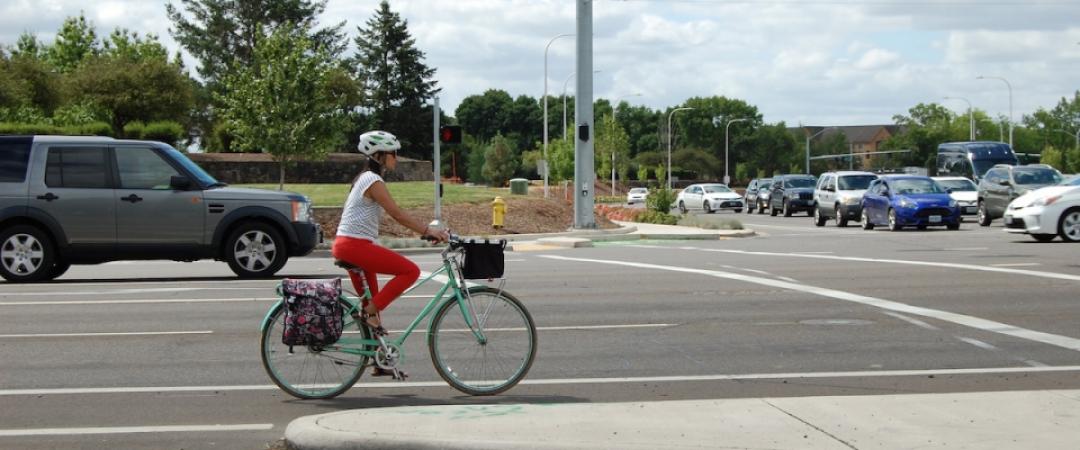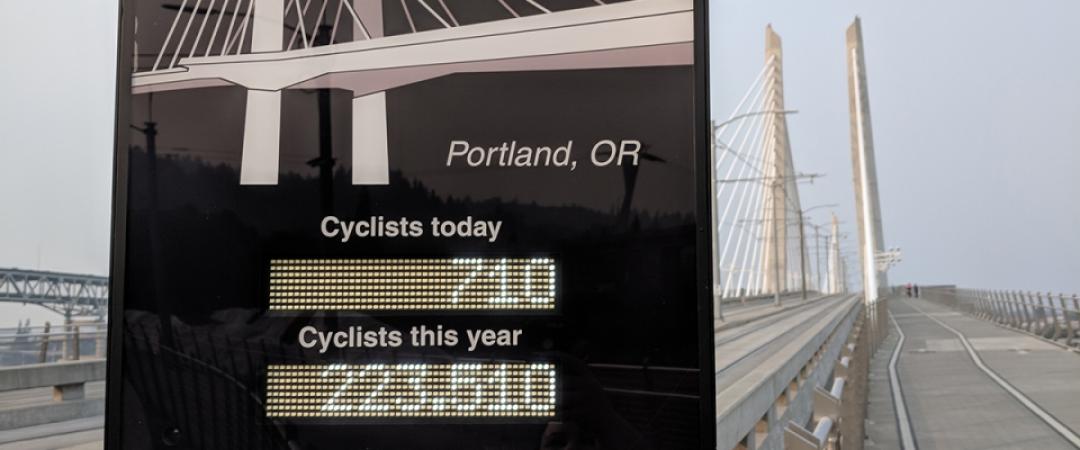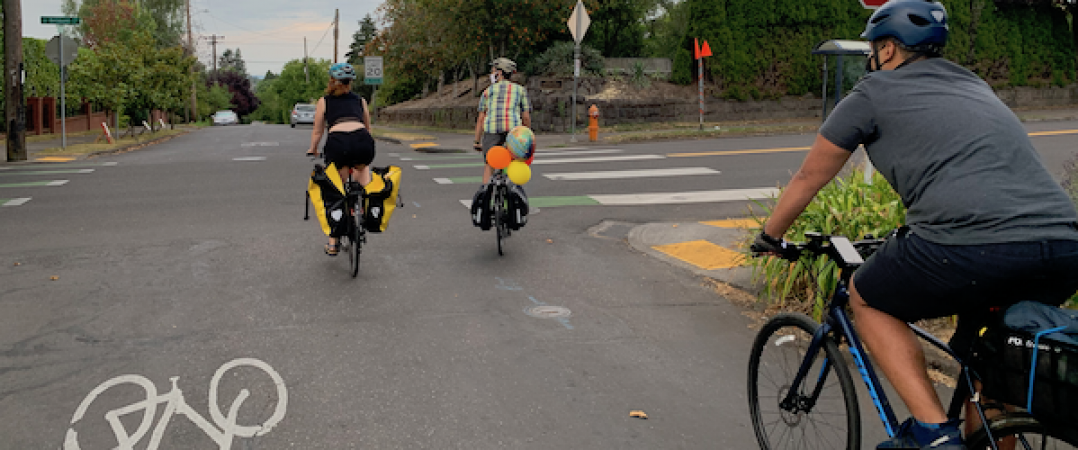One of the most common locations for fatal motor vehicle–bicyclist crashes is at intersections. A newly published report offers guidance for improving intersection safety, especially in situations where a bike is traveling straight through an intersection and a car is turning across the cyclist's path.
The objective of the study was to develop guidelines and tools for transportation practitioners to reduce and manage conflicts between bicyclists and drivers turning at signalized intersections.






